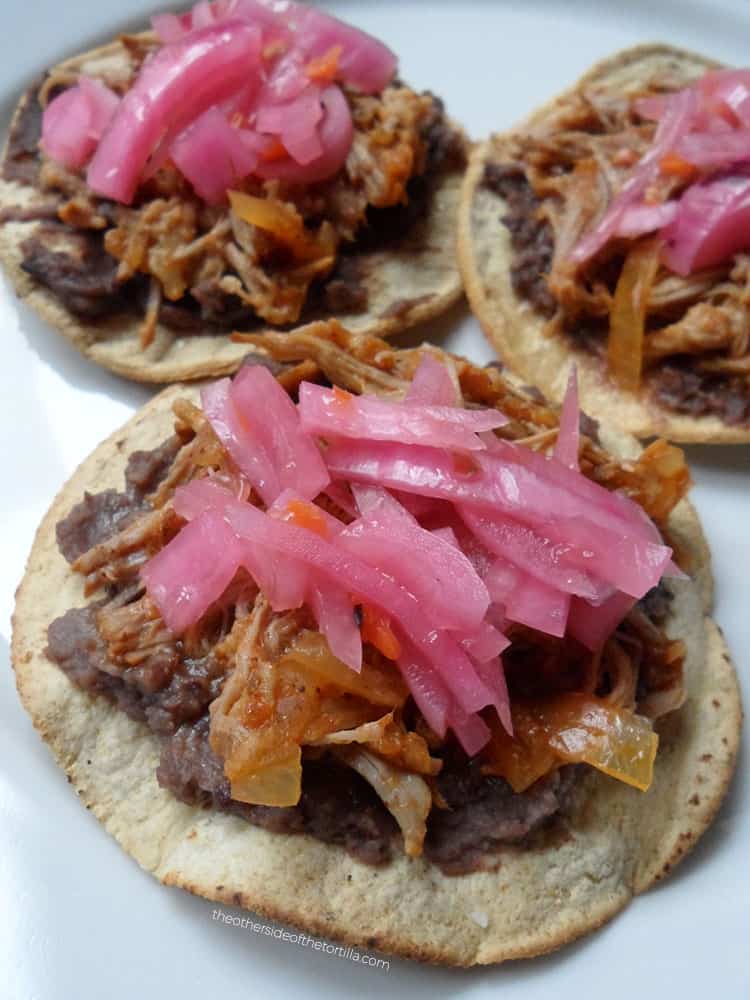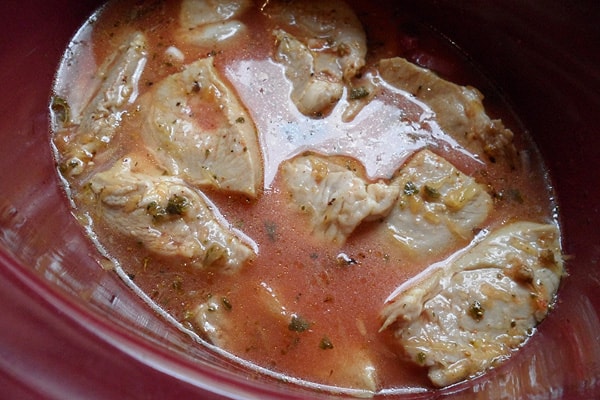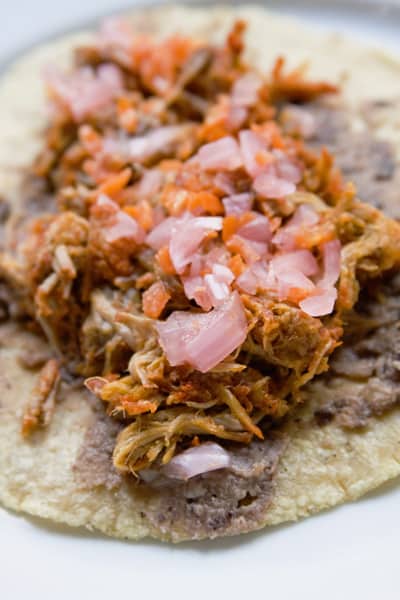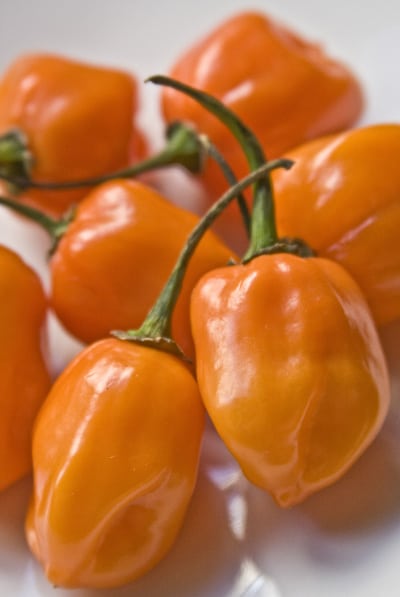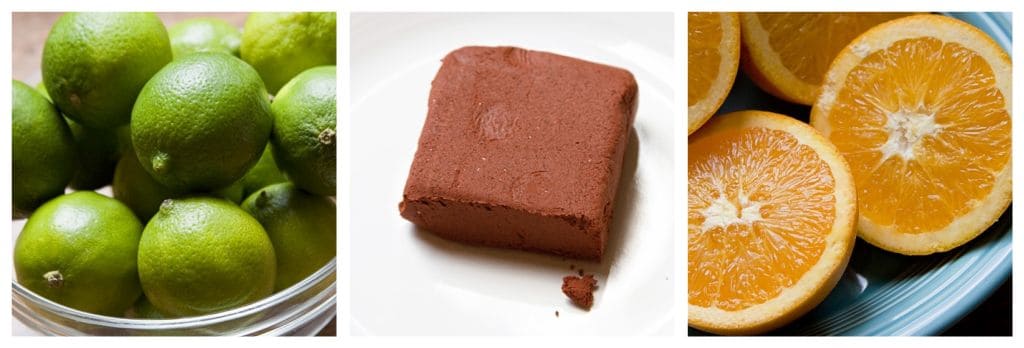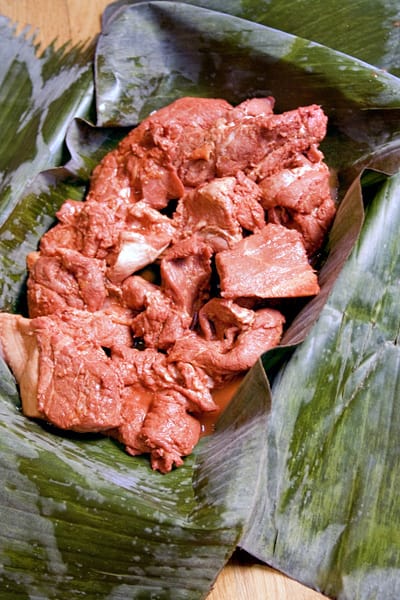Ensalada xec (xec is Mayan for “mixed,” and is sometimes spelled as “xeec,” “xek” or “xe’ek” and is pronounced “shek”) is a staple in the Yucatan region and is sometimes also made as a salsa without the jicama.
This great crunchy, spicy, juicy citrus salad from the East Coast of Mexico is the perfect healthy snack, and the best time of year to enjoy it is between January and April when both grapefruit and oranges are in season.

